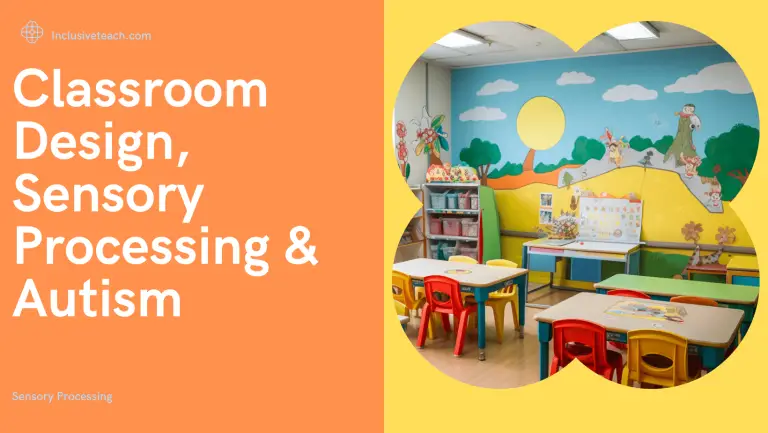Senior Leadership Team Roles in a Primary School (SLT)
In the dynamic landscape of primary education, the Senior Leadership Team (SLT) stands at the helm, steering schools toward excellence. Comprising key figures such as the headteacher, deputy headteacher, and subject coordinators, the SLT plays a multifaceted role. From ensuring the smooth functioning of the school’s physical infrastructure to shaping educational provision and influencing practice, their responsibilities are wide ranging and often unseen.
The Roles of Senior School Leaders (SLT)
The role of the Senior Leadership Team (SLT) in education has evolved significantly over time, adapting to changing educational landscapes and societal needs. Let’s explore this evolution:
- Expanded Responsibilities:
- Historically, the SLT primarily focused on administrative tasks and school management. However, over time, their role has expanded to include strategic planning, curriculum development, and student outcomes.
- Early Days: SLT members were often seen as authoritative figures, enforcing rules and managing logistics.
- Now: They actively shape the school’s vision, drive improvement, and lead pedagogical innovations.
- Emphasis on Educational Leadership:
- SLT members now emphasise educational leadership alongside managerial duties.
- Instructional Leadership: They guide teaching practices, mentor staff, and promote effective pedagogy.
- Data-Driven Decision-Making: SLTs analyse student data to inform teaching strategies and interventions.
- Inclusion and Diversity:
- The evolving role emphasises inclusion and diversity.
- SENDCO Role: The Special Educational Needs and Disabilities Coordinator (SENDCO) ensures support for all students, including those with diverse needs.
- Equity and Access: SLTs work to reduce barriers and provide equal opportunities for all learners.
- Collaboration and Communication:
- SLTs now collaborate extensively with staff, parents, and external partners.
- Parental Engagement: They recognise the importance of involving parents in decision-making and student progress.
- Community Outreach: SLTs engage with local communities and stakeholders.
- Focus on Well-Being and Mental Health:
- The evolving SLT role acknowledges the impact of well-being on learning.
- Past: Well-being was often overlooked.
- Now: SLTs prioritise student and staff well-being, addressing mental health challenges and fostering a positive school culture
- Adaptive Leadership:
- SLTs adapt to changing circumstances, such as technological advancements, global challenges, and educational reforms.
- Agility: They respond swiftly to crises (e.g., pandemic-related disruptions) and adjust teaching methods accordingly.
- Research-Informed Practices:
- SLTs now rely on research evidence to inform decision-making.
- Evidence-Based Strategies: They implement effective teaching practices backed by research.
- Professional Development: SLTs encourage continuous learning for staff.
- Community Engagement and Partnerships:
- SLTs collaborate with external organisations, businesses, and universities.
- Holistic Approach: They recognise that education extends beyond school walls and involves the broader community to reflect the diversity of the school’s cohort.
In summary, the SLT’s evolution reflects a shift from traditional management to vision and leadership, emphasising student well-being, equity, and evidence-based practices.

What are Common SLT Roles in a School
Senior Leadership Team (SLT) plays a crucial role in shaping the school’s vision, managing operations, and ensuring effective teaching and learning. Here are common roles within the SLT and their responsibilities:
- Headteacher:
- The headteacher is the school’s leader, responsible for overall strategic direction, vision, and management.
- Responsibilities:
- Setting educational goals and priorities.
- Leading staff development.
- Representing the school to external stakeholders.
- Ensuring compliance with policies and regulations.
- Deputy Headteacher:
- The deputy head supports the headteacher and often deputises in their absence.
- Responsibilities:
- Overseeing day-to-day operations.
- Assisting with staff management and recruitment.
- Contributing to curriculum planning.
- Handling discipline and behaviour issues.
- Timetabling and resource allocation (details may be delegated to key stage or phase leaders)
- Key Stage Leaders:
- These middle leaders oversee specific age groups (e.g., Early Years, Key Stage 1, Key Stage 2).
- Responsibilities:
- Monitoring student progress.
- Coordinating assessment and reporting.
- Supporting teachers in their key stages.
- Ensuring smooth transitions between stages.
- Core Subject Coordinators:
- These coordinators focus on core subjects (e.g., English, mathematics, science).
- Responsibilities:
- Developing curriculum content.
- Monitoring teaching quality.
- Supporting teachers in subject-specific areas.
- Analysing student performance data.
- SENDCO (Special Educational Needs and Disabilities Coordinator):
- The SENDCO oversees provision for students with special educational needs or disabilities.
- Responsibilities:
- Identifying and assessing students’ needs.
- Coordinating support and interventions.
- Collaborating with external agencies.
- Ensuring inclusion and accessibility.
- Year Group Leaders (in very large schools):
- Year group leaders manage specific year groups (e.g., Year 3, Year 6).
- Responsibilities:
- Supporting teachers in planning and delivery.
- Monitoring student progress.
- Addressing pastoral and academic concerns.
- Facilitating communication with parents.
- Business Manager:
- The business manager handles financial, administrative, and logistical aspects.
- Responsibilities:
- Budget management.
- Facilities maintenance.
- Staff recruitment and contracts.
- Health and safety compliance.
- School Governors:
- Although not part of the SLT, governors play a vital role in school leadership.
- Responsibilities:
- Setting school policies.
- Monitoring school performance.
- Holding the SLT accountable.
- Representing the community.
- Site Manager
- May not be on the Senior Leadership Team but will influence decisions around the ground, building and more. The school will not function effectively without a dedicated site manager
- Responsibilities:
- Cleaning and maintenance of the site and buildings
- Coordinates cleaning and repairs
- Locking up and site security
- Coordinates and liaises with contractors
The SLT ensures the school’s smooth functioning, educational excellence, and holistic development of students.







2 Comments